After Apple killed its ambitious Apple Car project and microLED Apple Watch display dreams, the company has laid off over 600 employees.
A recent report reveals a significant reduction in the workforce at Apple, particularly affecting employees involved in the company's Project Titan and smartwatch display initiatives. At least 87 people were employed at a secret Apple facility dedicated to advancing next-generation screen technology.
Additionally, 371 employees were let go from Apple's primary car-related hub in Santa Clara, California. Others were affected across various satellite offices.
The company's decision to streamline its workforce impacted employees stationed at various auxiliary offices, causing a wave of layoffs that wasn't confined to just one location. Both projects were discontinued due to a combination of executive indecision, cost concerns, and engineering challenges.
The layoffs are part of a broader restructuring effort within Apple, resulting in over 600 employees being let go. These employees were integral to developing Apple's car and smartwatch display projects, two of the company's high-profile initiatives that have since been discontinued.
As Apple shifts its focus and resources, some affected employees have been given opportunities to transition to other departments within the company. Notably, several people from the car project team have been reassigned to roles that contribute to Apple's growing interests in AI and personal robotics, as reported by Bloomberg.
Ending Project Titan
Initially surrounded by intense speculation and secrecy, Project Titan aimed to develop an Apple-branded autonomous vehicle, symbolizing a leap into a new product category for the tech giant. The project's goals evolved, with Apple exploring various aspects of automotive technology, including self-driving capabilities, electric vehicle technology, and advanced car design.
The involvement of high-profile hires from the automotive industry, alongside a series of patents related to vehicle technologies, further fueled speculation about Apple's intentions in the automotive space.
Despite the high levels of investment and years of development, Apple faced significant challenges with Project Titan. These challenges ranged from strategic indecisions about the project's direction to technical and logistical complexities inherent in car manufacturing.
Ultimately, the decision to cancel Project Titan as a car manufacturing initiative marked a strategic realignment for Apple. The insights and technologies developed through Project Titan are expected to influence Apple's future products and services.
Smartwatch display initiative
Shortly after halting its Apple Car project, Apple also discontinued its efforts to develop proprietary microLED displays for the Apple Watch.
Apple's exploration of microLED technology was seen as a move toward enhancing its devices' visual quality and efficiency, starting with the Apple Watch. However, the decision to halt the development of its microLED displays was likely due to technological and logistical hurdles.
MicroLED technology has better brightness, color accuracy, and energy efficiency than OLED displays. However, the challenges associated with producing these displays at scale and high manufacturing costs have made them a challenge even for Apple.
Shifting gears (but not inside an Apple Car)
In certain situations, employees who were part of the Apple car project found new roles within the company, specifically in divisions focusing on artificial intelligence and the development of personal robotics technologies.
Tim Cook, Apple's CEO, has emphasized the importance of autonomous systems and AI, calling autonomy "the mother of all AI projects." The focus on AI wasn't solely about developing a car but was part of a broader strategy to advance core technologies at Apple.
Many engineers from Project Titan have joined teams led by John Giannandrea, Apple's senior vice president of Machine Learning and AI Strategy, signifying a strategic reallocation of talent towards AI development.
Apple's investment in AI is underscored by its development of chips with powerful Neural Engines capable of performing trillions of operations per second. The hardware progression, from the A11 Bionic chip introduced in 2017 to the latest A17 Pro and M3 chips, shows Apple's commitment to enhancing AI capabilities across its product lineup.
These advancements not only improve immediate products but also set the stage for future innovations that Apple hints at being significant, particularly in AI.
For example, iOS 18 is set to bring a significant AI boost, particularly enhancing Siri for more natural interactions and personalization. Alongside, expect advanced AI features across apps, like auto-summarizing in Pages and Keynote and automated playlist generation in Apple Music.
Apple's emphasis on AI also extends to developing a more intuitive and accessible interface, potentially transforming user interactions with their devices.
As the company continues to navigate these changes, the redirection to areas of AI and robotics will help maintain its leadership position in the tech industry amidst evolving priorities and market demands.
 Andrew Orr
Andrew Orr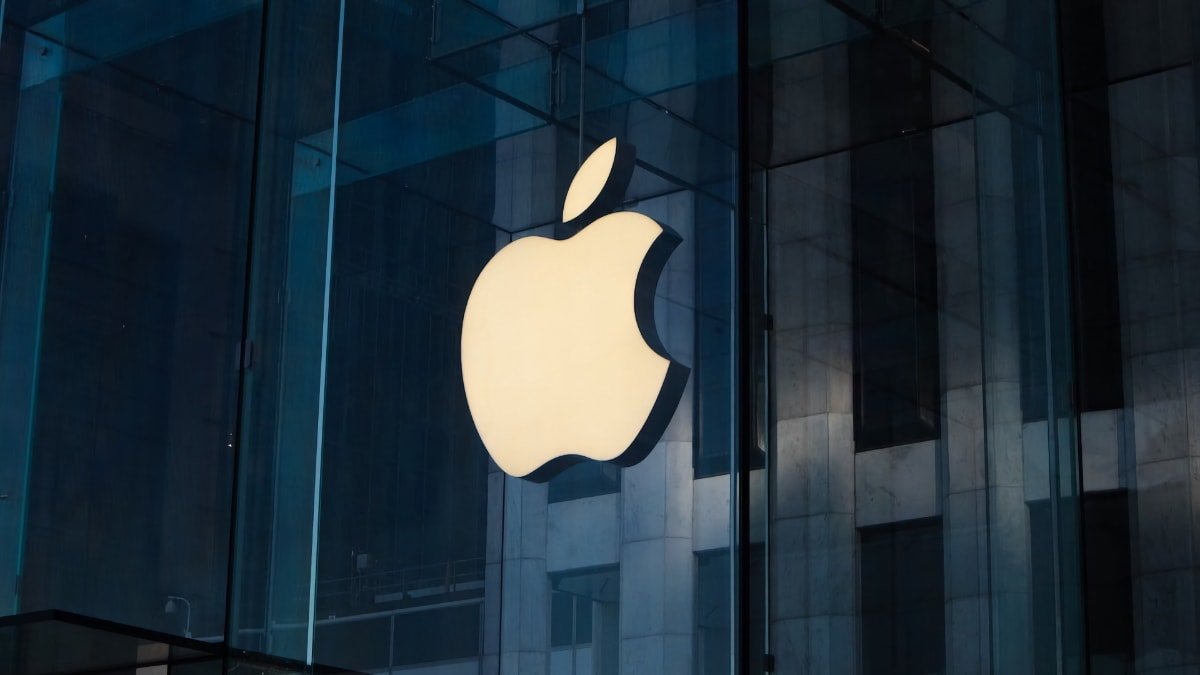
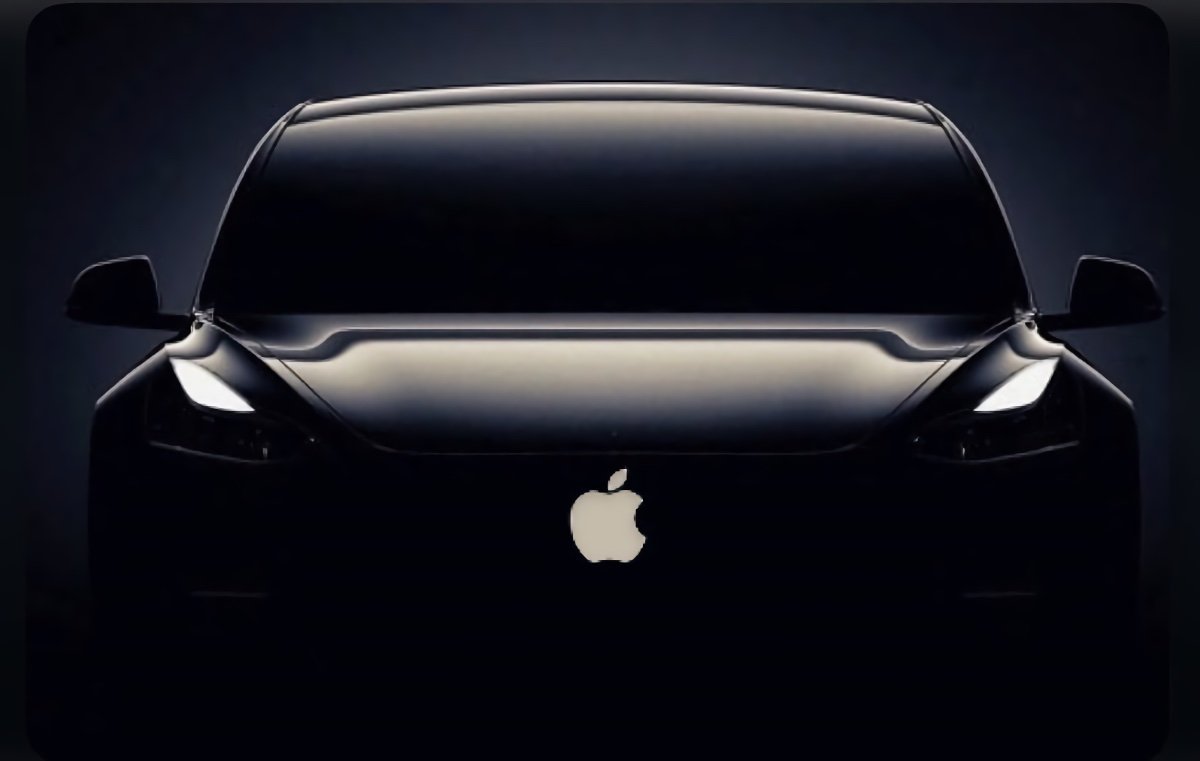
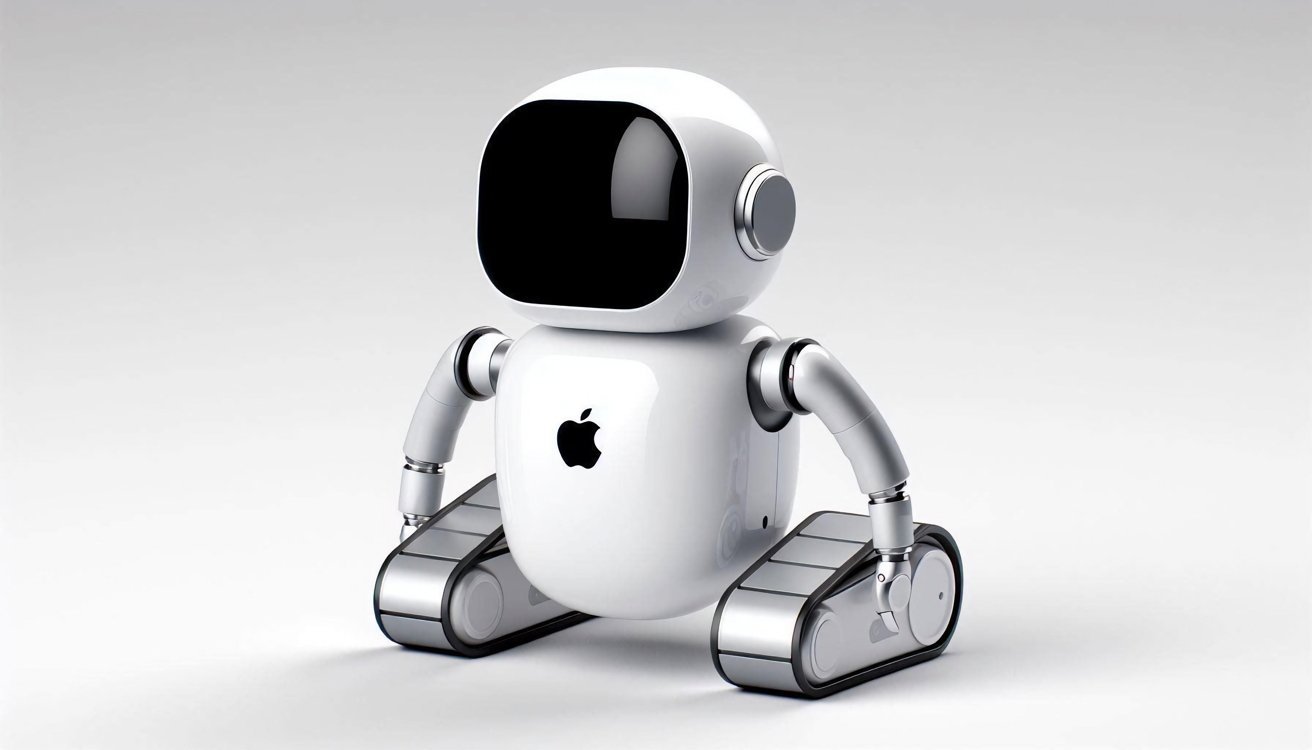

-m.jpg)





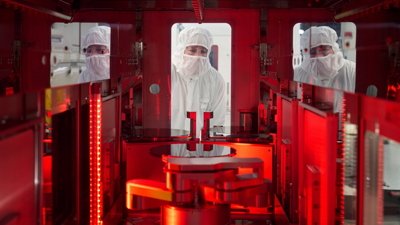
 Malcolm Owen
Malcolm Owen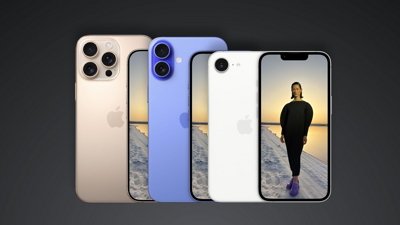
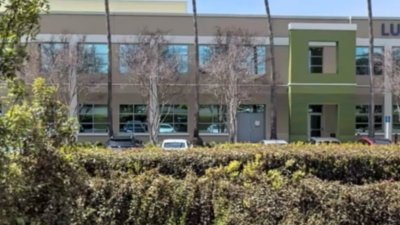
 William Gallagher and Mike Wuerthele
William Gallagher and Mike Wuerthele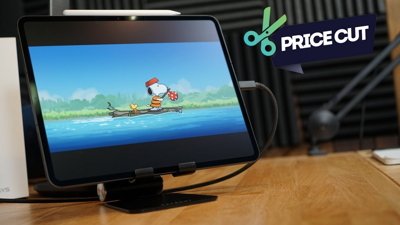
 Christine McKee
Christine McKee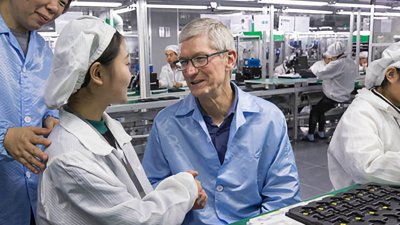
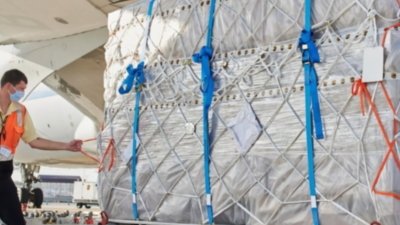
 William Gallagher
William Gallagher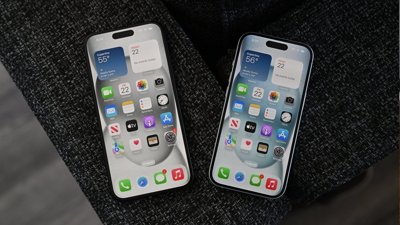




-m.jpg)






7 Comments
"significant reduction in the workforce at Apple" Less than half of one percent is not significant.
Burning $10bn and no heads roll? Was just a hobby?